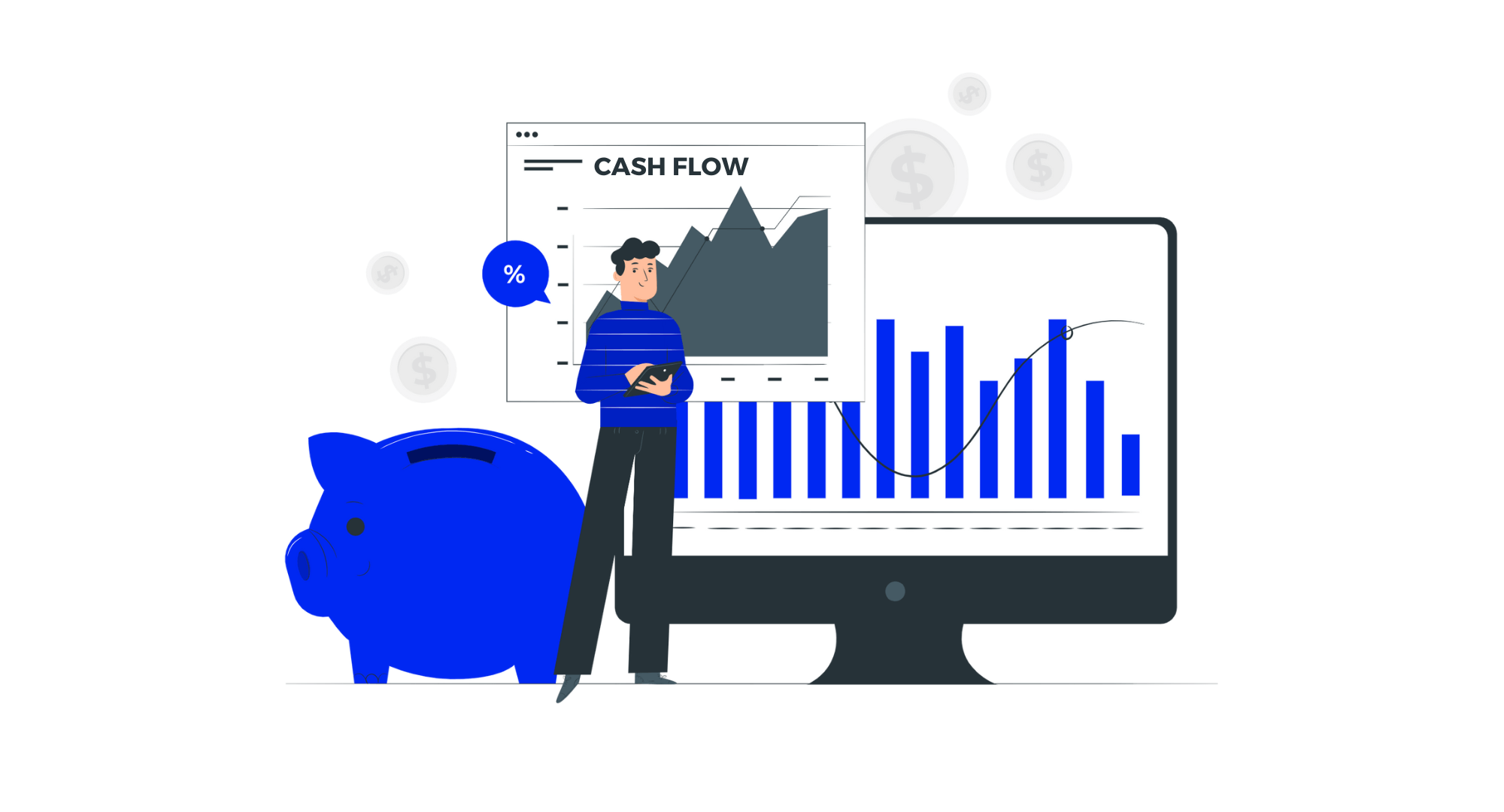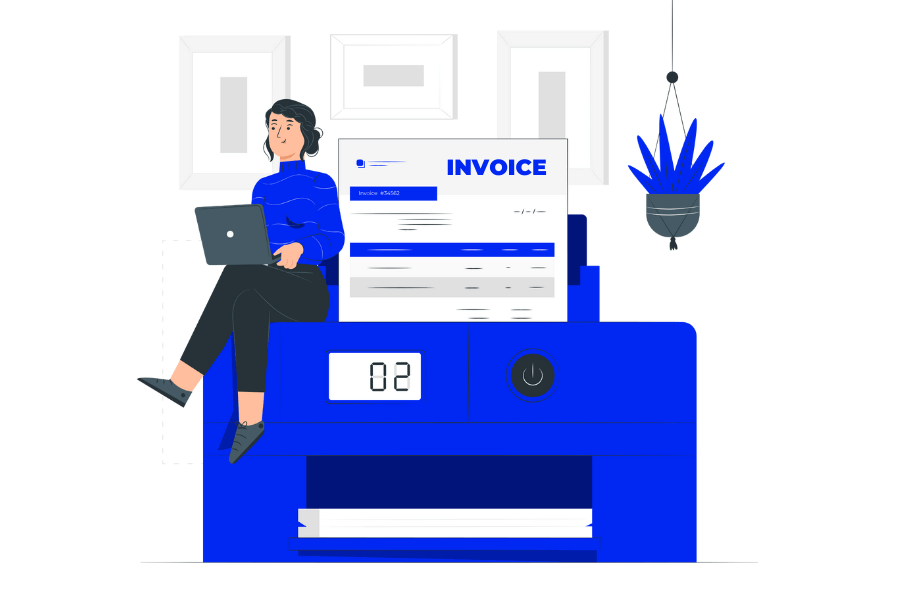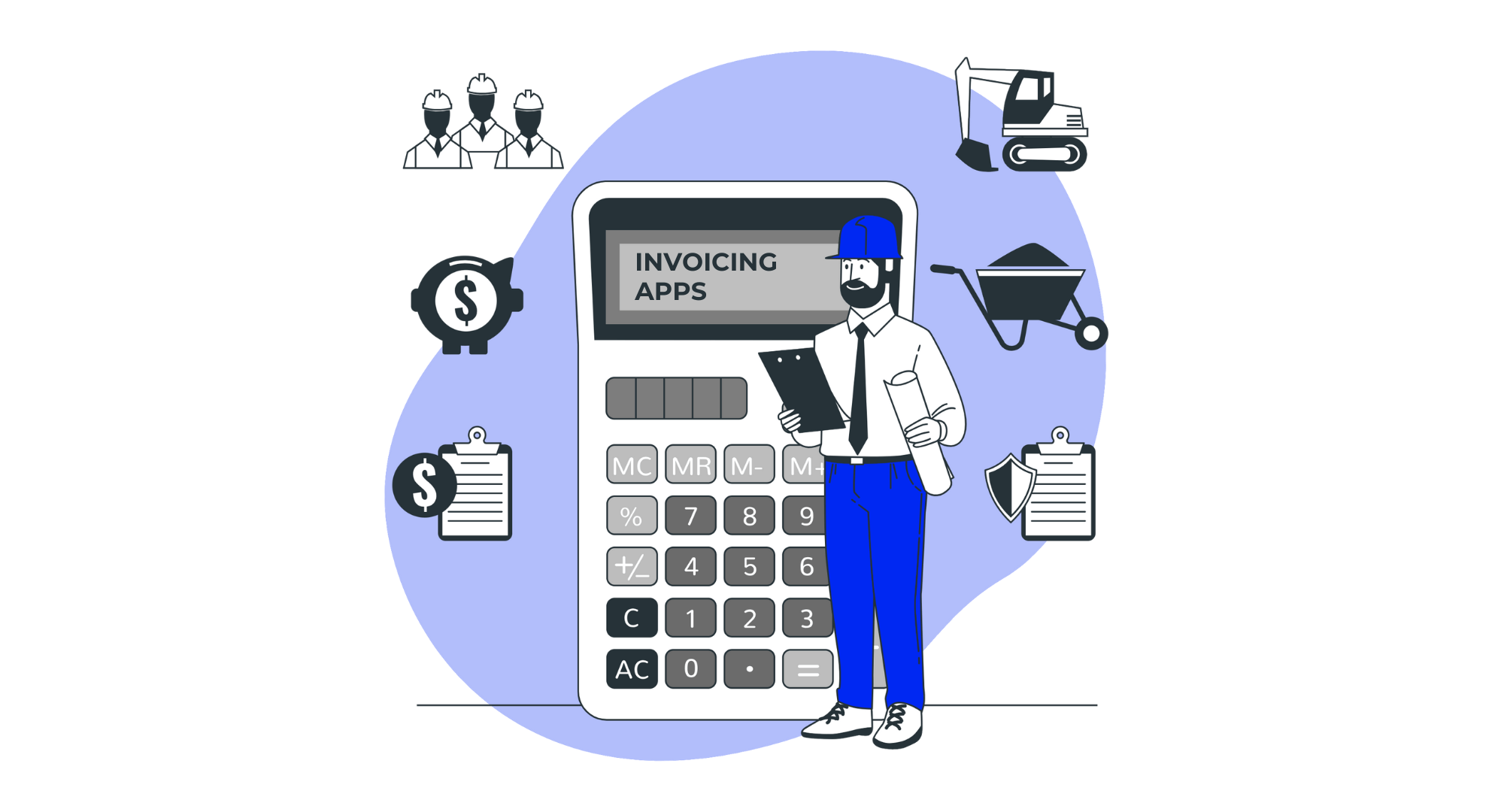Additionally, be clear about your payment terms and deadlines to set expectations and reduce confusion. You should also follow up on your invoices. A friendly reminder email can nudge a client into action.
4. Understand Basic Accounting
You do not have to be a certified accountant to run an enterprise. However, knowing the basics will go a long way when managing your cash flow. It will help you accurately track income and expenses, as well as analyze cash flow statements.
How do you hone these skills?
Assess your knowledge to find your strengths and weaknesses when it comes to accounting or financial literacy. Then, based on the results, join an online course of workshops.
For example, let’s say the assessment shows you are great at basic bookkeeping but lacking in cash flow analysis and balance sheets. You can enroll in courses focused on these specific areas.
Additionally, you should learn how to use accounting software to have first-hand experience in managing your cash flow. All of these will equip you to make informed financial decisions.
5. Have A Contingency Fund
The only thing constant in this world is change. That rings true for companies since the business world can be as unpredictable as the weather.
Today, sales are flowing in, but tomorrow can be different. A contingency or emergency fund is your safety net under your business strategy. It is there to catch you when the unexpected happens.
Let’s say your client delays a payment, your equipment breaks down, the market experiences a downturn, or the world shuts down due to a pandemic. A stash of accessible assets can help you cover costs without closing down or resorting to high-interest loans at the first sign of trouble.
How do you create this fund?
It requires discipline and in-depth financial analysis since you have to determine how much your company can keep for the fund. Once you have the figure, start setting aside that agreed-upon percentage of your profits for the emergency fund. Over time, this grows into a substantial amount.
Moreover, keep this fund separate to avoid accidentally using it for other expenses. However, make sure the account is easily accessible to guarantee it is there when you need it. With this, your business can remain resilient and agile despite events outside your control.
With the best cash flow management practices, you can elevate your potential and boost your cash liquidity. But it does more than that. It has many other benefits that show how cash flow truly makes your business sustainable.
How Taking Cash Flow Seriously Unlocks Growth
Cash flow is not simply numbers on a paper or your financial document. It provides numerous benefits that will increase your business and competitiveness in your niche.
So, look for ways to leverage your cash flow numbers.
A. Facilitate Timely Payments
With accurate and well-managed cash flows, you can guarantee you will have enough liquid cash to handle business transactions on time.
How does this affect you? When you pay on time, you build trust. Plus, no late fees or interest charges. Thus, timely payments mean strong relationships with suppliers and a good reputation in the market.
Also, do not forget this includes paying your employees on time. Give them timely wages and you will boost their morale and trust in your management. This gives them a reason to be more productive and effective.
B. Enables Growth & Expansion
Positive cash flow indicates robust financial health and that lets you channel funds into investing activities.
Whether you are opening a new branch or tapping into new markets, each accounting period with solid cash flow empowers you to make crucial decisions confidently. It will also help you identify the right time to expand your business.
For instance, let’s say you own a logo-making platform and have had a great year that ends with a positive cash flow of $65,000. This is your green light to grab an opportunity to expand and grow your company.
You can spend $15,000 to invest in state-of-the-art design software and hire additional top-tier designers. With this, you can tap into a larger market and get more clients to boost your business operations.
C. Increases Business Valuation
Is your business cash flow strong and consistent? This paints a picture of your company’s secured financial position. Thus, it can significantly boost your business valuation.
How?
When inventors do a detailed analysis of your financial reports, a healthy cash flow suggests you are thriving. It shows your business can generate profits and manage expenses effectively.
This makes them strongly consider investing in your company as they see your real economic value. If you get more investors, you can expand your company, upgrade your equipment, or hire more employees.
D. Helps In Managing Seasonal Fluctuations
Not all companies earn well all year round. However, you can lessen your worries if you have a well-managed and accurately calculated cash flow to help you navigate variable income, especially if you have a seasonal business.
Consider that you have an eCommerce store specializing in fitness gear. When January rolls in, along with the New Year’s resolutions, your sales pump as fast as a high-speed treadmill.
However, the spring season is not as profitable as the rush slows down and the weather changes. With savvy cash flow management, you can save sufficient cash to sail through the slower seasons.
This cushion lets you continue regular business activities and pay operating expenses without going under. Additionally, this gives you the time and budget to scout new products or refine your marketing to make more money throughout the year.
Conclusion
Understanding what cash flow is goes beyond simply reading the definition. You have to master its calculation methods to help you decide how you are going to compute your cash flow activities (operation, investment, and financing) and arrive at accurate numbers.
Additionally, be familiar with its profound impact on your business to help you strategize on how to leverage your cash flow and financial statements to boost your business. Every piece of knowledge adds to your financial acumen.
More than that, know how to manage your cash flow effectively. Seize growth opportunities, avoid potential pitfalls, and strengthen your business’s financial position. It is also critical to continuously enhance your knowledge in these areas to make sure you are always one step ahead in your financial strategy.
So, are you ready to take the next step?
Billdu: Seamless Invoicing and Cash Flow Management
Make Billdu your partner and leverage the platform’s technology. The application will make invoicing seamless with its invoice maker. It lets you organize your receipts and expenses to make preparing cash flow statements easier. Create an account now and enjoy it for free for 30 days.

















